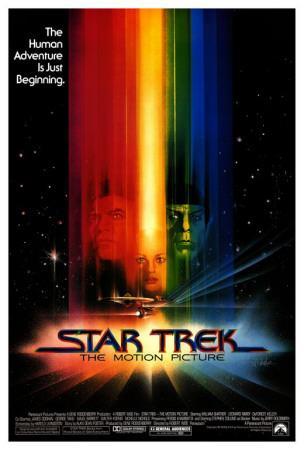Sci-Fi
Conventions-Content: Sci-Fi films typically consist of futuristic technology and
scientific aspects. Oftentimes the period is far in the future with extreme
technology advancements, or some past time period with technological
advancements that contradicts what existed. The setting is often in space or an
area that is not Earth, allowing for flexibility in the plausible technology.
There is also a typical overarching conflict between a good side and bad side.
Conventions-Production Techniques: One of the main production techniques
used is VFX. Sci-Fi films often use special effects in order to make the
unknown technologies more realistic and believable, as well as to avoid having
to create props that function in the advanced manner that is intended.
Foley sounds are also often created in order to fabricate the
abstract types of sounds that would be emitted by the technologies. This allows
for more depth and emphasis on the technology, a common attribute of the
genre.
Another way that technology is emphasized is with close-up camera
shots, providing the audience with a better image of the technology.
Mise en scene is also a large amount of the production due to the
importance of creating the futuristic aesthetic without using special effects
for the film's entirety. The blend of the tangible set design, costumes, and
props, as well as the VFX, creates a more realistic image that captures the
genre.
Marketing:
Marketing for Sci-Fi often consists of strong emphasis on the visual beauty
that is achieved through the intense use of special effects. Posters can either
consist of this, or an emphasis on a certain actor, or sometimes even both.
However, most often posters advertise their visual approach more than anything
else. This helps to better entice individuals that are intrigued by such film
aspects.
Additionally, Sci-Fi films often market through tangible
merchandise. Since the props seen in the films are often otherworldly, most
audiences fantasize about being able to hold a replica of such technology. When
films produce such products, they often earn extra revenue and have another
method of advertisement since their film’s properties are being publicized,
leading to more exposure. Additionally, the product looking technologically
advanced may garner new attraction, possibly leading to a larger audience.
Film sample #1: The
Empire Strikes Back: This film is one of the most prominent examples
of a Sci-Fi film. Throughout the entire Star Wars series of films, there is
always the presence of key Sci-Fi conventions such as advanced technology and a
space setting, often with distant planets being visited. At the beginning
of The Empire Strikes Back, the film is set on the planet Hoth
which primarily consists of snow and is the base of operations for the good
side (Rebels) of the film, which is another convention prevalent within the
film. The Rebels are then attacked by the bad side (The Empire) of the film.
This conflict satisfies the convention of a typical good side bad side
conflict. Additionally, throughout the film, there are advanced weaponry such
as lightsabers, which have been marketed heavily for exposure and for revenue,
and blasters which shoot beams of plasma energy. The film also consists of
heavy use of special effects throughout to capture the true feeling of the
advanced technology. In the more recent films, the special effects are used
more often and more computerized as opposed to the practical effects used in
past films such as The Empire Strikes Back.
Film sample #2: The Terminator: This
film consists of many different conventions that fit the Sci-Fi criteria. For
example, the film takes place in 1984 but with advanced technology incorporated
in it. This was made plausible in the film as it was explained that the Terminator
technology was teleported back from 2029 to kill Sarah Connor, which is
advanced in itself. Furthermore, the film has visual effects such as the
machinery of the Terminator's endoskeleton. This futuristic element is
heavily marketed due to its unique appearance. It is sold as figurines and just
advertised on posters to entice more people to view the movie. Posters also
advertise Arnold Schwarzenegger as the main actor to garner even more attention
towards the film. Additionally, the film consists of a good side (Sarah
Connor) and a bad side (The Terminator) conflict which fits the conventions.
Other examples: Matrix, E.T., Close Encounters of the Third Kind, Star Trek, Alien










No comments:
Post a Comment